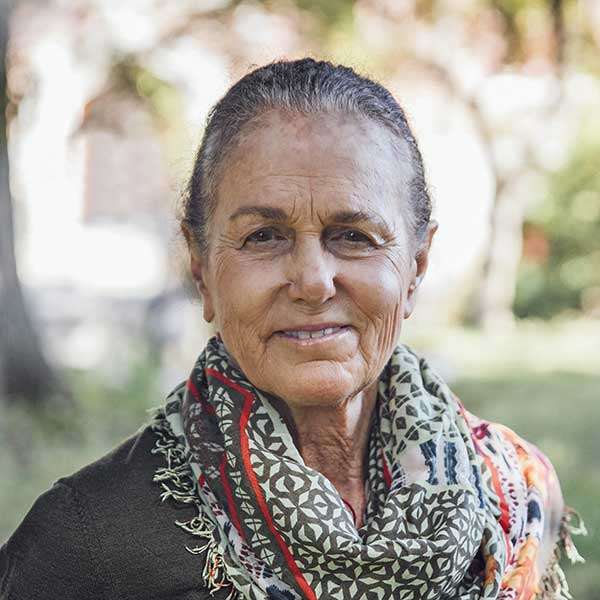I have been beyond fortunate to have studied with Tibetan Buddhist master Gelek Rimpoche, a spiritual advisor to the Garrison Institute, who inspired me and many others for life. These days I’m finding new inspiration from seemingly far-flung sources – Indigenous wisdom, relational quantum mechanics, relational systems thinking.
Except increasingly, I recognize they aren’t so far-flung; they all speak to deep relationality, to nonduality, to our interdependency, embeddedness, and connectedness with each other and the planet.
As Carlo Rovelli said in Reality Is Not What It Seems: The Journey to Quantum Gravity, “We are complex nodes in a rich web of reciprocal information.” All knowledge is intrinsically relational, not objective or subjective. Physicists use the word “entanglement” to describe how nothing is isolated, everything is physically interconnected and related. Thich Nhat Hanh coined the term “interbeing” for this sense of deep interconnection. “To be is always to ‘inter-be,’” he wrote. “We inter-are with one another and with all life.”
In recent years, I have been learning that this wisdom is Indigenous. In Flourishing Kin: Indigenous Wisdom for Collective Well-Being, Yuria Celidwen articulates the Indigenous view of relationality as “understanding that happiness is only possible in community, when we cultivate our relationships toward all kin, from human to more-than-human, and to our living Earth.”
For example water isn’t a resource; it’s a Being of which we are part, and with which we’re in kinship and spiritual relationship, as Tiokasin Ghosthorse explains in “Living With Relativity.” Water is the “First Consciousness,” he writes, and honoring that is part of the “‘Original Instructions,’ the quantum physical language of Mother Earth that has been missing in scientific, political, and religious explanations of life.”
So it is too with plants, which (who?) are not merely subjects of new scientific discoveries showing they are capable of previously unsuspected things; they are Beings with their own subjectivity, consciousness, volition, and voices, as ecologist and researcher Monica Gagliano reveals in her book Thus Spoke the Plant.
Monica and Tiokasin are two of many writers and teachers who connect native and non-native ways of understanding. Karen Waconda-Lewis integrates Buddhist and Indigenous teachings, and Native healing practices with Western medicine. Melanie Goodchild’s research on relational systems thinking connects Haudenosaunee elders and Western systems thinkers in cross-cultural dialogue “as a doorway to healing, to transformation and to spiritual understanding” that “reconnection with Mother Earth and with each other is fundamental to disrupting global patterns of trauma and mass corrosion of the spirit.”
They’ve each made awe-inspiring presentations and contributions to Garrison Institute programs, which I’ve linked in the shortlist below. Whenever I feel “trauma and corrosion” from living in contentious times, I remember what I’ve learned from these teachers. We are in happy entanglement and unbreakable relationship, not only with those with whom we disagree, but with everyone and everything.

